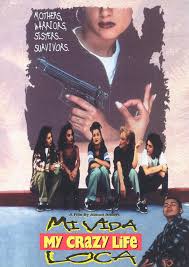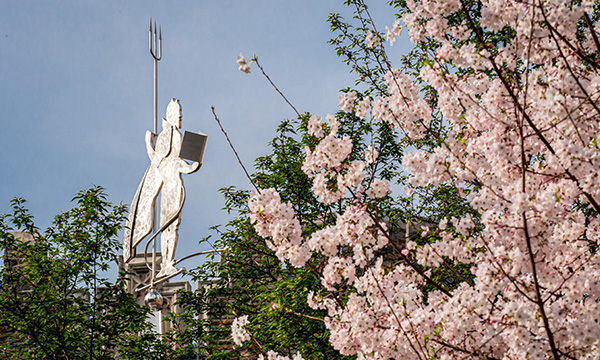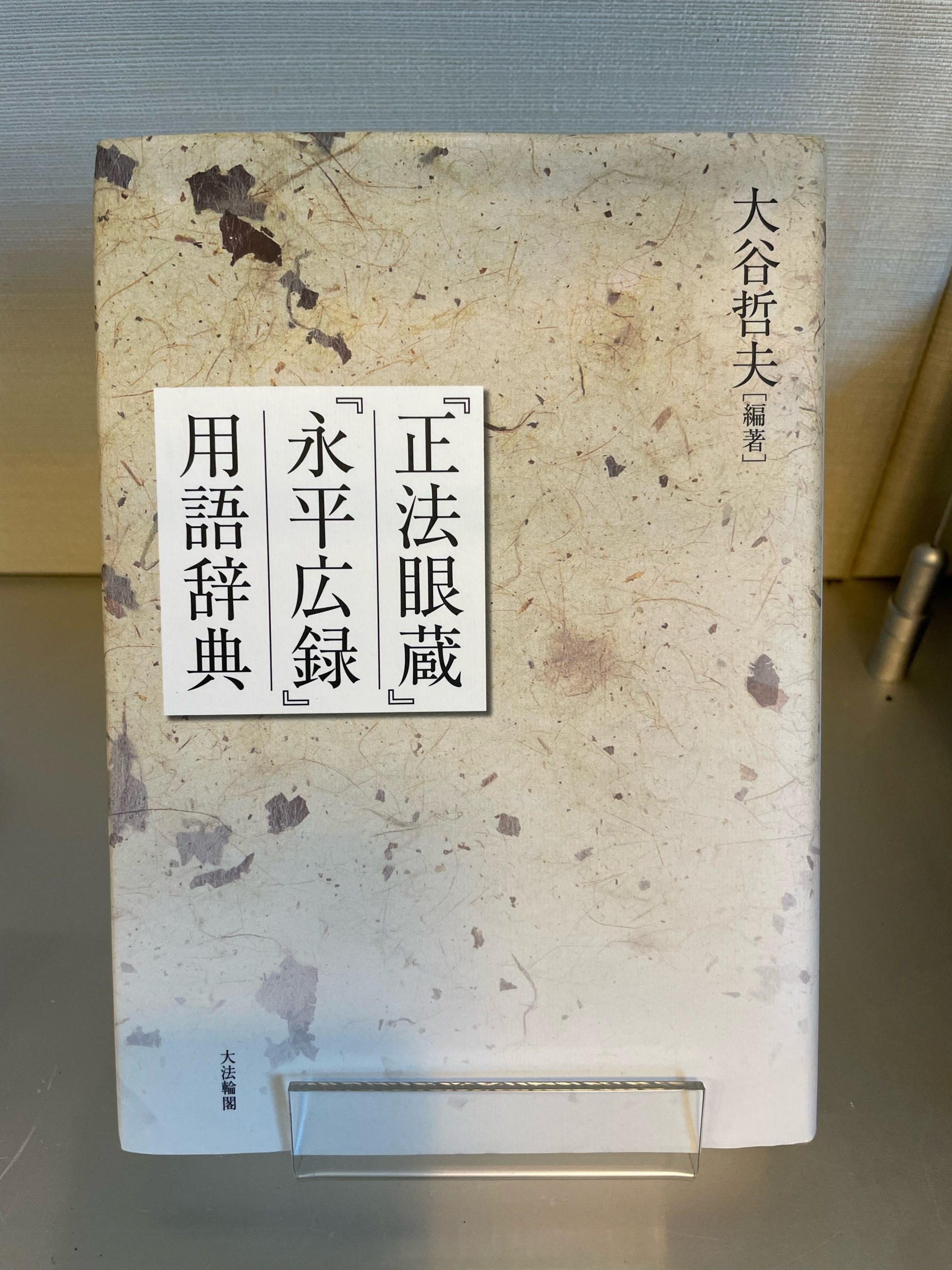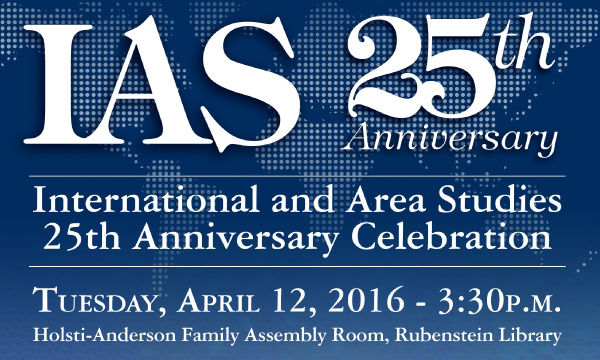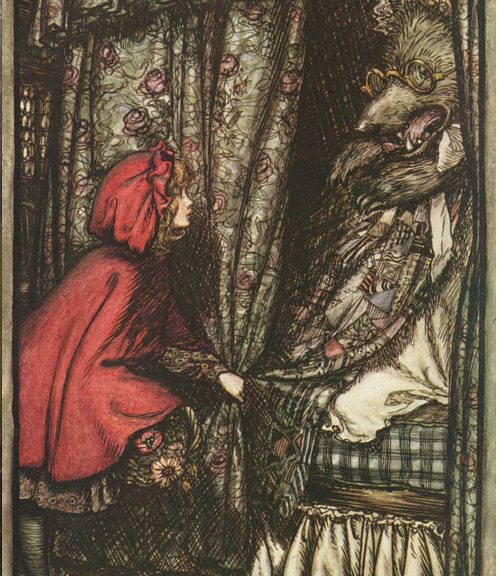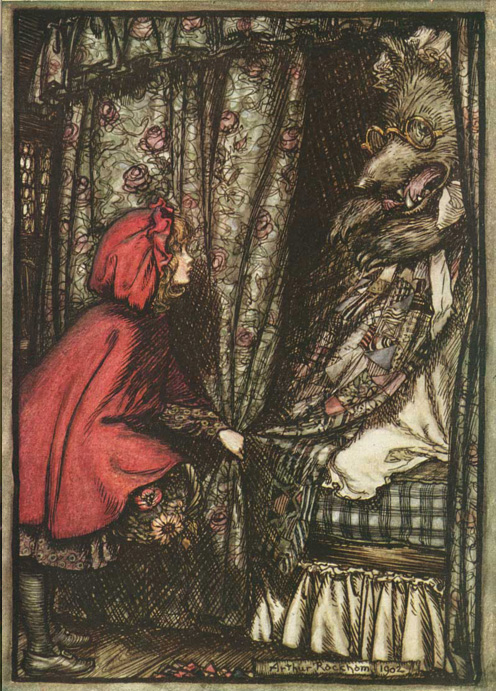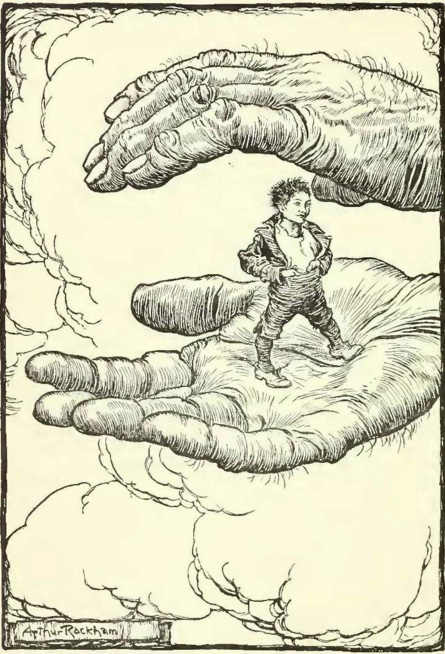Fall 2024 brings exciting changes to East Campus Libraries. Lilly Library is undergoing a major renovation and expansion and, as many of you know, our staff and services have moved to the Bishop’s House. Our first collection spotlight of the year features books and films that celebrate Hispanic creators and stories. This post, the second of two, highlights movies. Check out our selection of books too. Come to East Campus, explore the Collection Spotlight, and say hello to Lilly staff in our new digs!
FILMS
Chicano Cinema and Media Art Series
This series showcases important and rare Chicano films and videos. Included in the collection are feature-length films and artists’ videos. Many of these works have been restored and the originals archived in the CSRC Library’s special collections at UCLA.
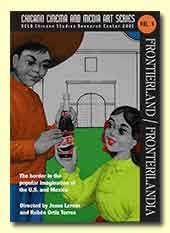
Fronterilandia = Frontierland: the border in the popular imagination of the U.S. and Mexico (dir. Jesse Lerner, 2005)
Fronterilandi examines multiple points of cultural contact between the United States and Mexico. From Santa Barbara’s Fiestas, and South Carolina’s kitschy “South of the Border” tourist complex, to a Mexican Beatles cover band and Chicano rap, this film reveals the Borderlands as a laboratory of hybridity that continues to ignite the popular imagination of each nation. Working at the boundaries of experimental film and documentary travelogue, this film weaves together found footage, interviews, performance art, and music video, producing a masterful commentary that is at once poetic, disturbing and hilarious.
More titles in the series:
Laura Aguilar : life, the body, her perspective
Casa Libre = Freedom House
Film/video works by Willie Varela
Los Four ; Murals of Aztlán : the street painters of East Los Angeles
Harry Gamboa Jr. : early video art
Harry Gamboa Jr. : 1990s video art
No Movie
Please, don’t bury me alive! = ¡Por favor, no me entierren vivo!
Run, Tecato, run
Biopics
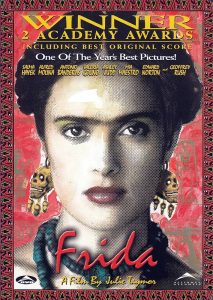
Frida (dir. Julie Taymor, 2002)
Salma Hayek’s Oscar-nominated performance drives this fascinating biopic about Mexican surrealist Frida Kahlo and her fiery marriage to fellow painter Diego Rivera (Alfred Molina). The imaginative film also chronicles her political activism and the bus accident that left her in pain for the rest of her life. Geoffrey Rush, Ashley Judd, Antonio Banderas, Edward Norton.
More biopics:
Before Night Falls
Cesar Chavez
La Bamba
Motorcycle Diaries
Selena
Hispanic-American Classics
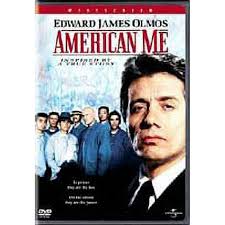
American Me (dir. Edward James Olmos, 1992)
Depiction of the Mexican Mafia and the Los Angeles prison system with an anti-drug and anti-gang theme. This film marks the directorial debut of veteran actor, Edward James Olmos.
Real Women Have Curves (dir. Patricia Cardoso, 2002)
Real Women Have Curves is the story of a first generation Mexican-American teenager on the verge of becoming a woman. Ana receives a full scholarship to Columbia University but her traditional, old-world parents feel that now is the time for Ana to help provide for the family, not the time for college.
Stand and Deliver (dir. Ramon Menendez, 1988)
Based on the true story of the determined Bolivian-born math teacher Jaime Escalante, this movie follows Escalante as he tries to teach calculus to the at-risk, majority-Latino students at James A. Garfield High School in East Los Angeles.

Tortilla Soup (dir. Maria Ripoll, 2001)
A heartwarming comedy that’s all about food, family and a certain kind of magic that only happens at the dinner table. Martin is the culinary genius behind a successful restaurant and the widowed father of three daughters whom he has a compulsion to try and steer in the right direction. Hungry for their independence, the girls find themselves at odds with their traditionalist father.
Zoot Suit (dir. Luis Valdez, 2003)
Based on a play by the same name, this story is set in Los Angeles in the early 1940’s and centers around the trial and wrongful murder conviction of Henry Reyna and three other Chicano gang members. Discriminated against for their zoot suit-wearing Chicano identity, twenty-two members of the 38th Street Gang are placed on trial for a murder they did not commit.
More classics:
El Norte
Beatriz at Dinner
Girlfight
In the Heights
La Mission
Mosquita y Mari
Mi Familia = My Family
Quinceañera
Feature Films
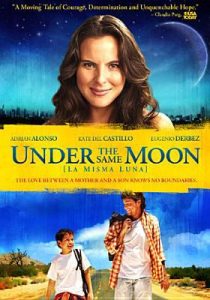
Under the Same Moon = La Misma Luna (dir. Patricia Riggen, 2008)
Tells the parallel stories of nine-year-old Carlitos and his mother, Rosario. In the hopes of providing a better life for her son, Rosario works illegally in the U.S. In Mexico, her mother cares for Carlitos. Unexpected circumstances drive both Rosario and Carlitos to embark on their own journeys in a desperate attempt to reunite. Along the way, mother and son face challenges and obstacles but never lose hope that they will one day be together again.

Sleep Dealer = Traficante de Suenos (dir. Alex Rivera, 2009)
Memo Cruz siempre ha soñado con dejar su pequeño y huir a las grandes ciudades fronterizas del Norte. Pero cuando ocurre una tragedia imprevista y se ve obligado a huir, Memo descubre un nuevo mundo mucho más salvaje de lo que había soñado. El futuro próximo de Sleep Dealer es un mundo lleno de drones asesinos, fábricas de tecnología de punta, vendedores de memorias y una salvaje batalla contra los ‘aqua-terroristas’ emitada por televisión.
Set in the near-future is a world marked by closed borders, corporate warriors, and a global digital network. In this world three strangers risk their lives to connect with each other and break the barriers of technology.
More feature films:
Volver
Viva
Roma
Sin Nombre
El Secreto de sus Ojos = The Secret in their Eyes
El Mariachi
Maria Full of Grace
Cinema Mexico: las Peliculas que Hicieron
City of God = Cidade de Deus
Amores Perros
Documentaries

Dolores (dir. Peter Bratt, 2001)
One of the most important, yet least known activists of our time, Dolores Huerta was an equal partner in founding the first farm workers union with César Chávez. Tirelessly leading the fight for racial and labor justice, Huerta evolved into one of the most defiant feminists of the 20th century — and she continues the fight to this day, in her late 80s. With unprecedented access to this intensely private mother of 11, Peter Bratt’s film Dolores chronicles Huerta’s life.
More documentaries:
Harvest of Empire
Black in Latin America
Latinos beyond reel : challenging a media stereotype
Memories of a Penitent Heart = = Memorias de un corazon penitente
Mercedes Sosa: the Voice of Latin America
Nuestra Comunidad: Latinos in North Carolina
So you think that’s all we have… ??? Guess again!
The Digitalia Film Library offers a great variety of streaming video content including titles from across Latin America; and you can search by country. Duke Libraries provides access to thousands of streaming movies for you to enjoy. Find more great films in these platforms: Swank Digital Campus, Projectr, Films on Demand World Cinema, Academic Video Online, Docuseek and Kanopy (available with Duke netid/password authentication).

AND we have thousands of DVDs you can borrow – including tons of titles that aren’t streaming anywhere (like Mi Vida Loca) – along with external DVD drives to play them!



